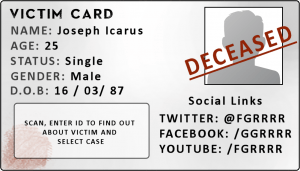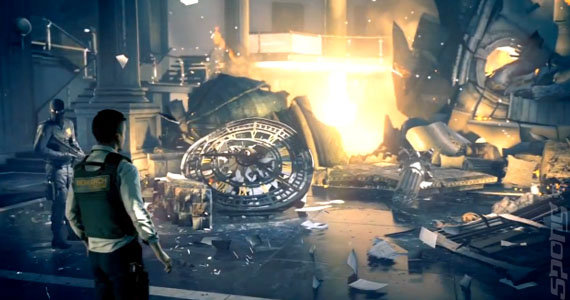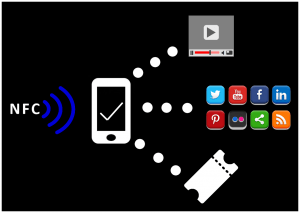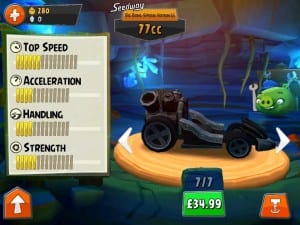All your content belong to Us
As someone who has partaken and does occasionally produce videos for YouTube it is not surprising that I am concerned regarding Goggles push or rather pushed stance regarding ‘copyright’ material mainly that of video games. The use of material such as logos, gameplay and music is one that arguably one that is not easy to resolve. In regards to gaming it is fair to state that the majority of game developers and publishers do not mind their games being in essence promoted in video form and even release press copies to channels often upon request for editorial purposes, as someone registered as gaming press I know this to be true.
The majority of these copyright claims tend to be focused not around the use of game-play itself rather the audio tracks underlining many of them with games such as Grand Theft Auto 5 specifically stating that none of its music in game is to be uploaded or streamed without consent. Taking money for content created and work put into a video is fair enough if it take into account up-loaders own workload involved i.e. why does 10 seconds of audio mean a copyright claimant can claim all the monetization profits from the video. If this was honestly something that was to have rolled out around a year ago I would have never gone near YouTube for video content sharing, all they are doing is penalising their core demographics and opening the doors for more unsupported channels to emerge.
In regards to my own channel / collaboration we are taking this stance: We will continue to roll out content as long as publishers are on a growing list of those opposing content ID practices on YouTube as for those who currently are supporting it which tend to be companies with offices in eastern countries at present video content will be handled more carefully. We do not monetize a lot of our videos cause a) they don’t get the views and b) we are not in it to make money rather just make videos and as when we want to for the fun of it. Content ID wont really effect me directly much but as a practice understanding who owns what is where the net is regarded a marred mess.
I own this and I want it all does not mean that is necessarily right, freedom of fair use acts and even negative promotion gets a product/ service into public domain. Google is really mis-stepping too much atm and all it would take is a competitor to step up to force changes in the digital landscape.
I am not gonna go into depth on this matter as there are plenty out there that understand more and are being impacted greatly. It is peoples careers this affects!









 Written by and Moderated by Stephen Fisher 2014
Written by and Moderated by Stephen Fisher 2014